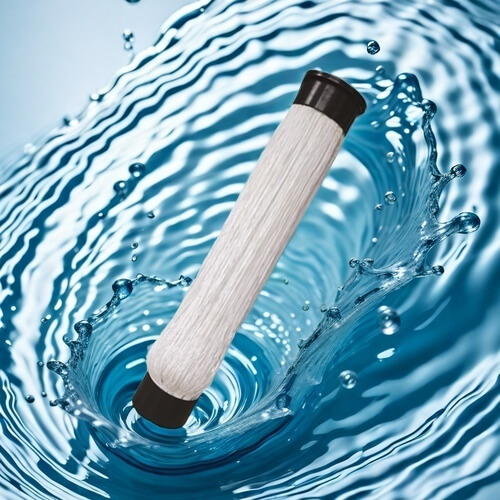What is MABR membrane?
MABR wastewater treatment module provides wastewater suitable for reuse
MABR (Membrane Aerated Biofilm Reactor) technology has brought significant progress in the field of wastewater treatment, providing reusable wastewater while reducing the demand for energy and chemicals. This technology has given rise to traditional wastewater treatment methods, providing higher nutrients, improving efficiency and energy utilization.
Overview of MABR Technology
The core component of MABR is the self breathing spiral membrane, which can form a pipeline to transport oxygen into the conduit, promoting the growth of good bacteria. Oxygen rich bacterial biofilm is required on the surface of the oxygen rich membrane, while anaerobic bacteria thrive in the oxygen deficient environment of the water tank. This design enables simultaneous nitrification and denitrification in a single water tank, greatly saving space and generating high-quality wastewater suitable for non pre use purposes such as irrigation and flushing.
Efficiency and advantages
Traditional aerobic treatment typically requires a significant amount of energy as they rely on blowers or aeration equipment to introduce gas into bubbles. During this process, most bubbles continue to be used before rapidly rising to the surface. The MABR system is a technological innovation that can reduce aeration pressure by up to 90% and overall pressure by 50%. This system achieves aeration of the mixed liquid by passing an air damper through the membrane, sometimes using a small amount of air for mixing under conditions close to atmospheric pressure.

Application Fields
MABR technology is applicable to various wastewater treatment scenarios, including:
Municipal sewage treatment: effectively removes nitrogen and organic wastewater, ensuring that the effluent meets reuse standards.
Industrial wastewater treatment: particularly suitable for high concentration wastewater in industries such as pharmaceuticals and food.
Rural sewage treatment: providing efficient solutions for small-scale sewage treatment facilities.
Summary
MABR technology not only improves the efficiency of wastewater treatment, but also provides important support for sustainable development. By reducing energy and chemical consumption, this technology has made a positive contribution to environmental protection. With the increasing demand for clean water sources, MABR is expected to be widely applied in the future.
